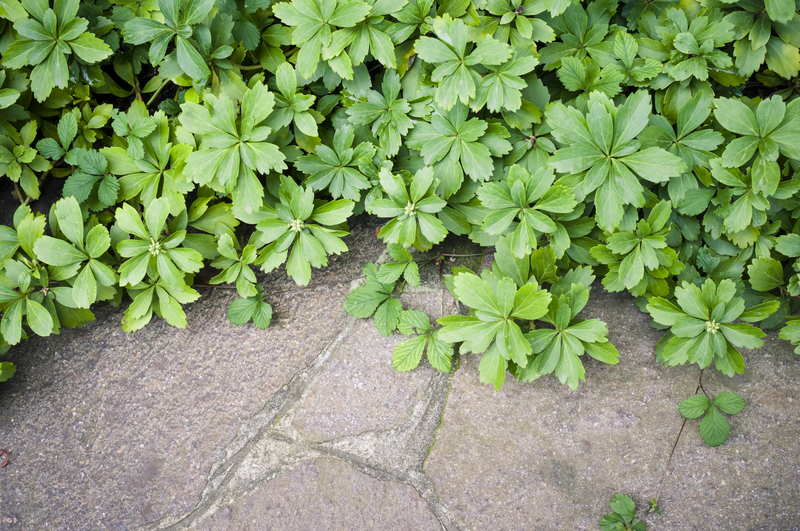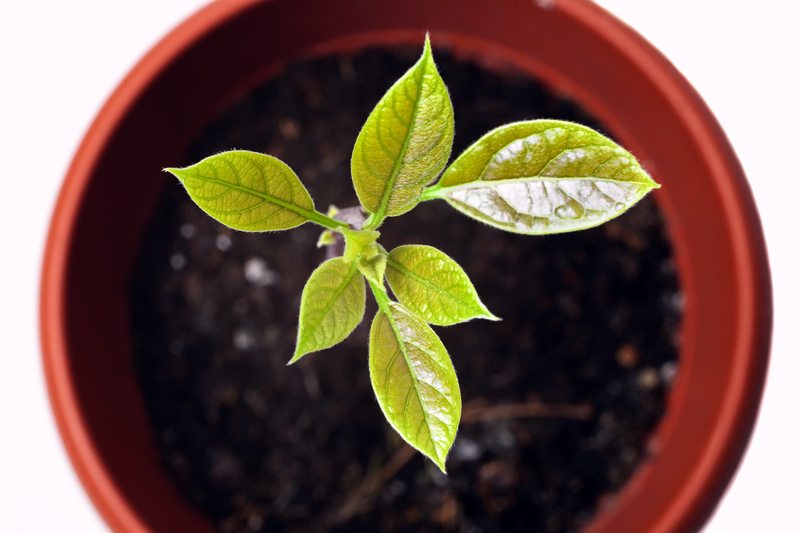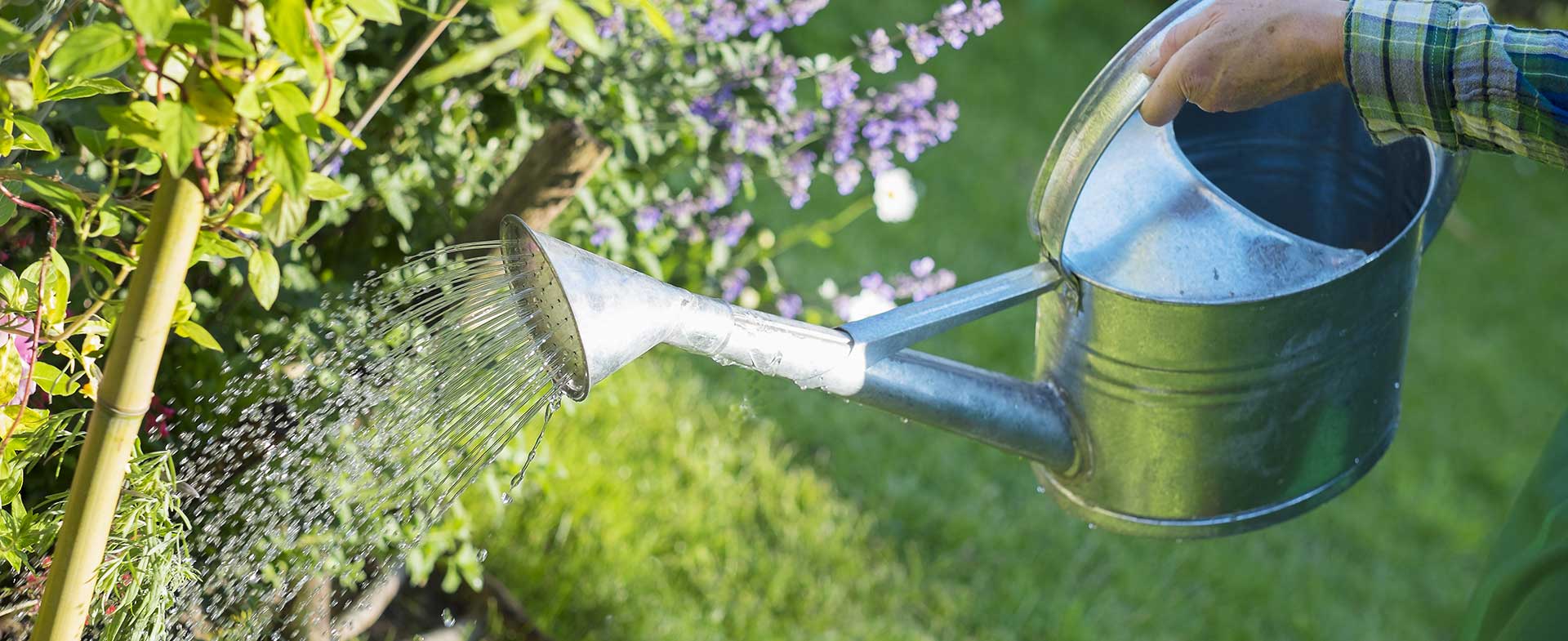Turning Waste to Wealth with Soil Restoration
Posted on 01/06/2025
Turning Waste to Wealth with Soil Restoration: A Sustainable Revolution
In a world grappling with mounting waste and deteriorating soil health, innovative solutions are urgently needed. Turning waste to wealth with soil restoration represents a powerful, eco-friendly movement that transforms organic refuse into valuable resources, revitalizing soils and empowering communities. This comprehensive guide covers methods, benefits, case studies, and practical tips for embracing this transformative approach.
What is Soil Restoration?
Soil restoration encompasses a variety of practices aimed at rehabilitating land degraded by erosion, chemical use, or other damaging activities. By rebuilding soil structure and fertility, we ensure long-term ecosystem productivity and sustainability. Integrating organic waste into these processes is revolutionizing agriculture and environmental management.
Key Reasons for Soil Degradation
- Intensive farming and monocropping
- Heavy use of synthetic fertilizers and pesticides
- Deforestation and land clearing
- Overgrazing
- Urban expansion and pollution
Addressing these causes with soil restoration using waste materials offers a pathway to recover and enhance soil functions.

Waste as a Resource: The Foundation of Wealth Creation
Traditionally, waste--especially organic waste from households, agriculture, or food processing--was regarded as an environmental hazard. However, by repurposing waste for soil restoration, we can boost soil fertility, reduce disposal costs, and promote circular economies. Turning what was once a liability into an asset underpins the transformation of waste to wealth.
Types of Waste Suitable for Soil Restoration
- Organic household waste: Vegetable peels, fruit scraps, leftover food.
- Agricultural residues: Crop stalks, husks, straw, and manure.
- Green waste: Grass clippings, leaves, pruning residues.
- Food industry by-products: Fruit pomace, brewery spent grains, coffee grounds.
- Bio-solids: Treated sewage sludge (when overseen for contaminants).
By smartly harnessing these materials, we can enrich soils, improve yields, and nurture the environment.
How Turning Waste to Wealth with Soil Restoration Works
At the heart of this method is the principle of recycling organic material into soil amendments such as compost, biochar, and vermicompost. These amendments supply much-needed nutrients, improve soil structure, and foster beneficial microbial activity.
1. Composting
Composting is the controlled aerobic breakdown of organic waste into stable humus. It is one of the easiest and most effective ways to restore soil using waste.
- Reduces landfill usage and greenhouse gases
- Enriches soils with essential nutrients
- Fosters microbial biodiversity
- Suppresses plant diseases and pests naturally
- Enhances water retention capacity
2. Vermicomposting
Vermicomposting employs earthworms to break down organic matter, producing nutrient-rich castings.
- Produces superior fertilizer rapidly
- Improves soil aeration and texture
- Minimizes odor and leaching compared to traditional composting
3. Biochar Application
Biochar--a form of charcoal made from plant waste via pyrolysis--locks carbon in the soil, enhances fertility, and corrects poor soils.
- Stabilizes soil carbon and helps mitigate climate change
- Enhances nutrient retention and soil structure
- Reduces soil acidity
4. Mulching and Crop Residue Integration
Leaving crop residues or mulching fields with organic materials protects against erosion and feeds the soil.
- Regulates soil temperature
- Prevents moisture loss
- Adds slow-releasing nutrients as materials decompose
The Economic and Environmental Benefits of Waste-Based Soil Restoration
Unlocking Rural Prosperity
Turning agricultural and organic waste into wealth through soil restoration creates jobs and entrepreneurship opportunities in rural communities. Farmers and small enterprises can monetize composting, vermicomposting, and biochar production, selling value-added products to neighborhoods, urban gardeners, and larger agricultural ventures.
- Reduces input costs for farmers by providing local, organic fertilizers
- Fosters new streams of income through compost and biofertilizer sales
- Supports local industry development--from collection to processing and distribution
Environmental Advantages
Soil restoration with recycled waste offers crucial environmental rewards:
- Decreases landfill usage and methane emissions
- Improves water infiltration and reduces erosion
- Encourages biodiversity both above and below ground
- Sequesters carbon in soils, combating climate change
By prioritizing sustainable soil restoration with waste materials, communities create cleaner environments and more resilient landscapes.
Real-World Success: Case Studies in Waste-Driven Soil Restoration
India: From City Waste to Fertile Fields
In Pune, India, local authorities collaborated with farmer cooperatives to collect municipal organic waste and convert it to compost. This initiative not only reduced landfill burden but also boosted yields and soil quality on local farms. Farmers now save on fertilizers and earn extra income selling surplus compost.
Africa: Smallholders Transforming Livelihoods
Kenyan and Ugandan smallholder farmers are adopting vermicomposting using farm and household waste, producing organic fertilizers that significantly enhance vegetable and grain productivity. With ongoing training in regenerative agriculture, these communities experience improved food security and new market opportunities for their compost.
United States: Urban Agro-Entrepreneurship
Urban gardening cooperatives in cities like Detroit and San Francisco use composted food waste and coffee grounds from local businesses to restore community gardens and urban farms. These projects not only revitalize degraded city soils but also engage residents in sustainable practices and produce local, healthy food.
Practical Steps: How to Turn Waste to Wealth with Soil Restoration
Step 1: Analyze Your Waste Streams
- Inventory the types and volumes of organic waste produced locally
- Identify agricultural, household, and commercial waste sources
Step 2: Select Restoration Techniques
- Choose appropriate methods--composting, vermicomposting, or biochar--based on resources, labor, and climate
- Invest in basic infrastructure: bins, pits, or kilns
Step 3: Train and Engage
- Provide workshops or capture knowledge from local extension services
- Engage women, youth, and community organizations in education efforts
Step 4: Monitor, Market, and Expand
- Track improvements in soil health, crop yield, and economic returns
- Market compost and fertilizers locally or regionally
- Use feedback to improve practices and scale up operations
Addressing Challenges in Waste-Based Soil Restoration
While this transformative approach is promising, a few challenges can arise:
- Lack of local knowledge or skills in composting and waste management
- Poor segregation of waste at the source
- Inconsistent supply of raw materials
- Market barriers for organic soil amendments
- Contaminants in waste (including plastics, heavy metals)
Solutions include:
- Training and capacity-building
- Implementing waste sorting at household and farm levels
- Supporting local policies that incentivize sustainable waste use
- Quality monitoring for final soil products

The Future: Scaling Up the Waste to Wealth Revolution
As more nations and regions embrace turning waste to wealth with soil restoration, wider adoption will require:
- Investment in decentralized composting and waste-processing facilities
- Public awareness campaigns on the value of organic waste recycling
- Strong policy support for regenerative agriculture and circular economies
- Partnerships between farmers, governments, NGOs, and the private sector
Conclusion: Waste is Wealth, Soil is the Foundation
The transition from wasteful practices to sustainable soil restoration using organic refuse holds tremendous potential for agriculture, communities, and the planet. By closing the nutrient loop, enhancing soil vitality, and generating economic opportunities, this strategy promises a greener, more secure future.
Every farm, neighborhood, and city can contribute to this circular economy. By joining the waste-to-wealth soil restoration movement, we collectively restore not just our soils, but our relationship with the environment--an essential step towards lasting prosperity and planetary health.
Explore more:
- Learn about soil restoration techniques
- Discover composting at home with the EPA's guide
- Read about global success stories in regenerative agriculture

